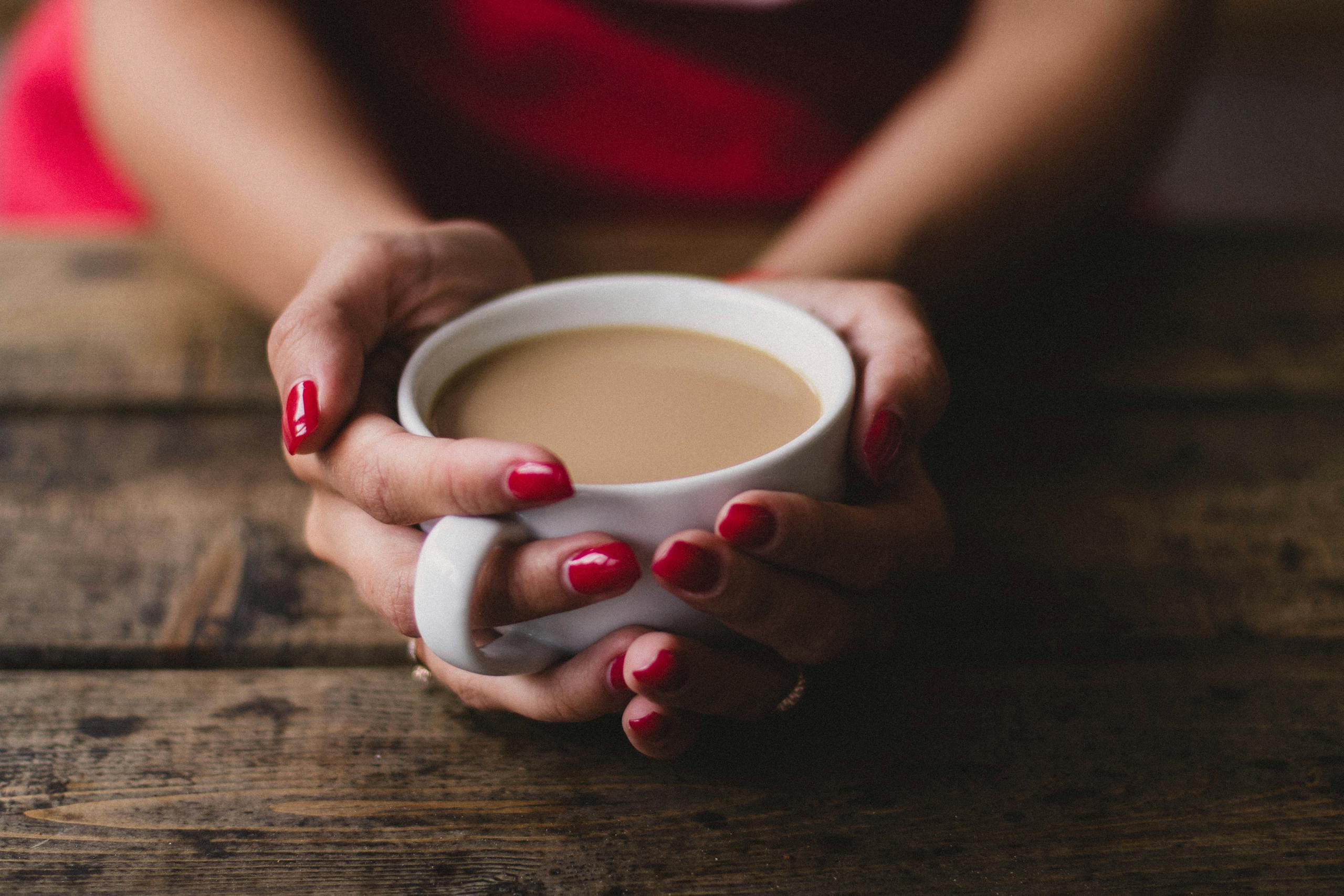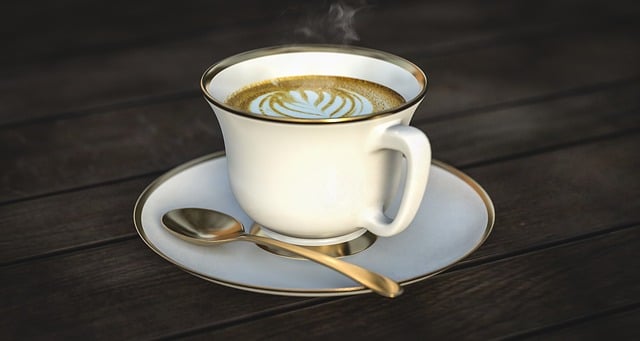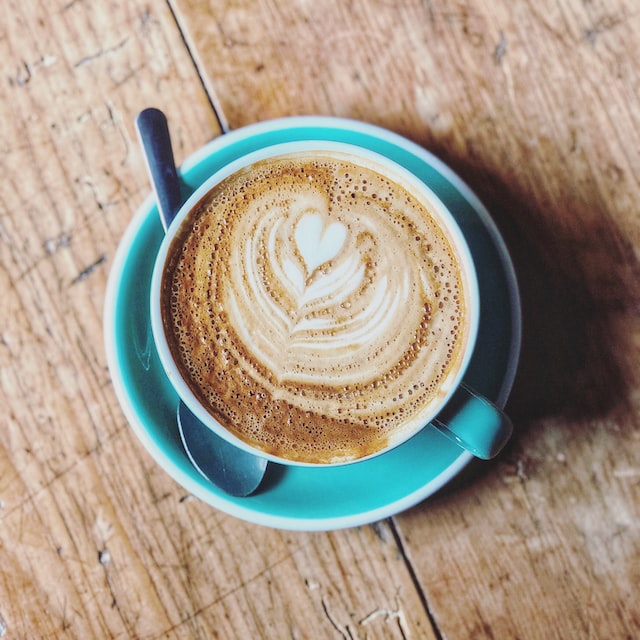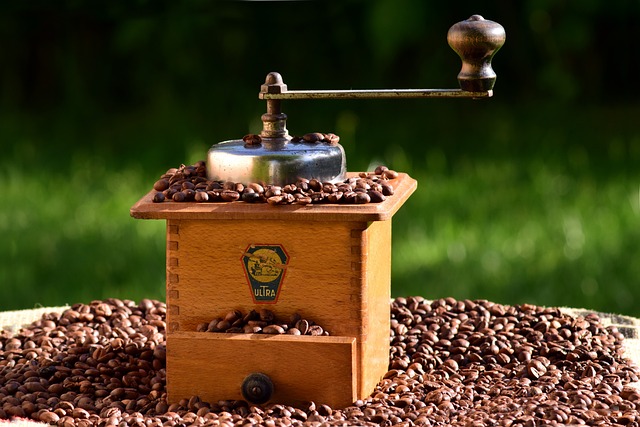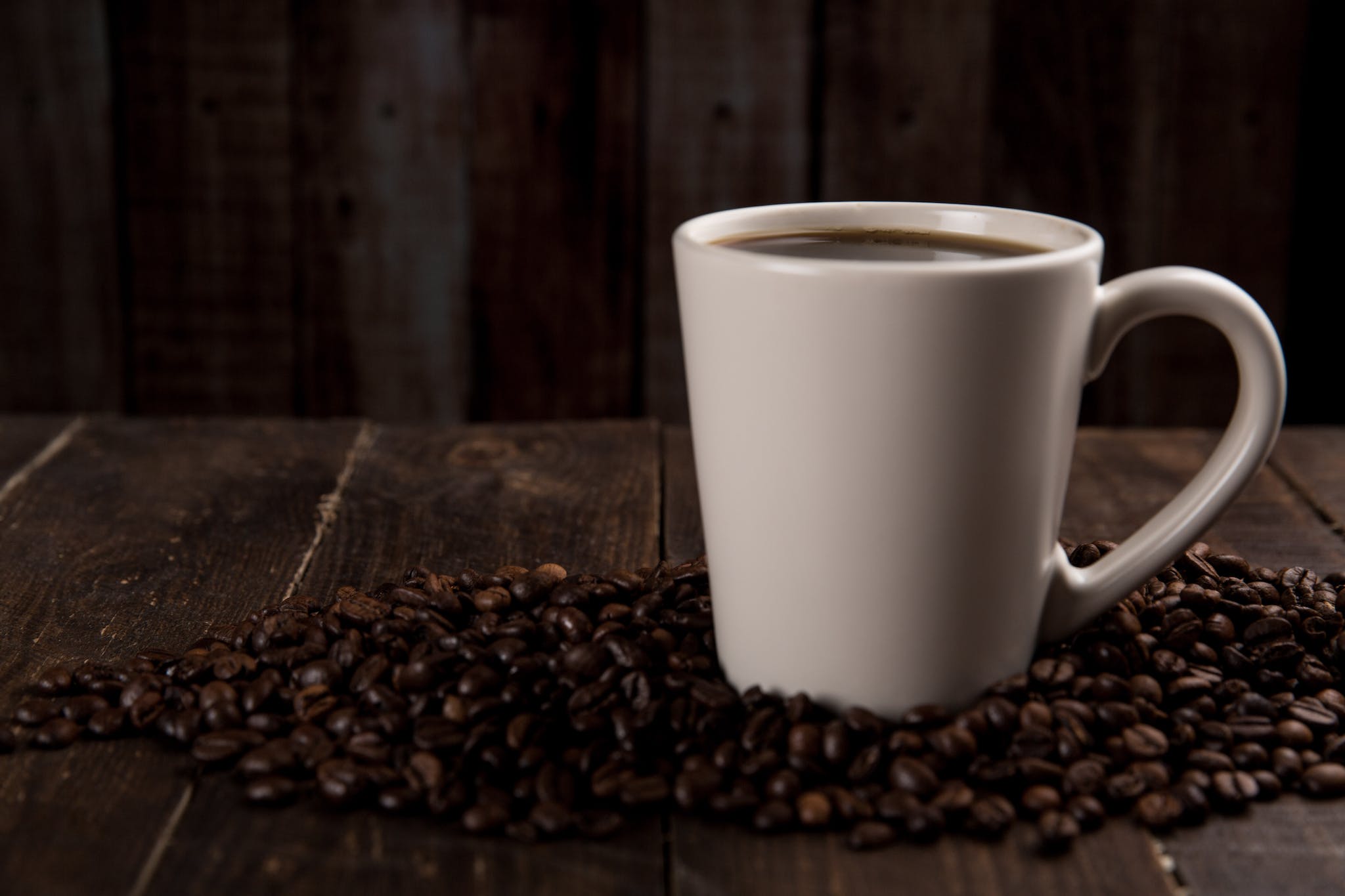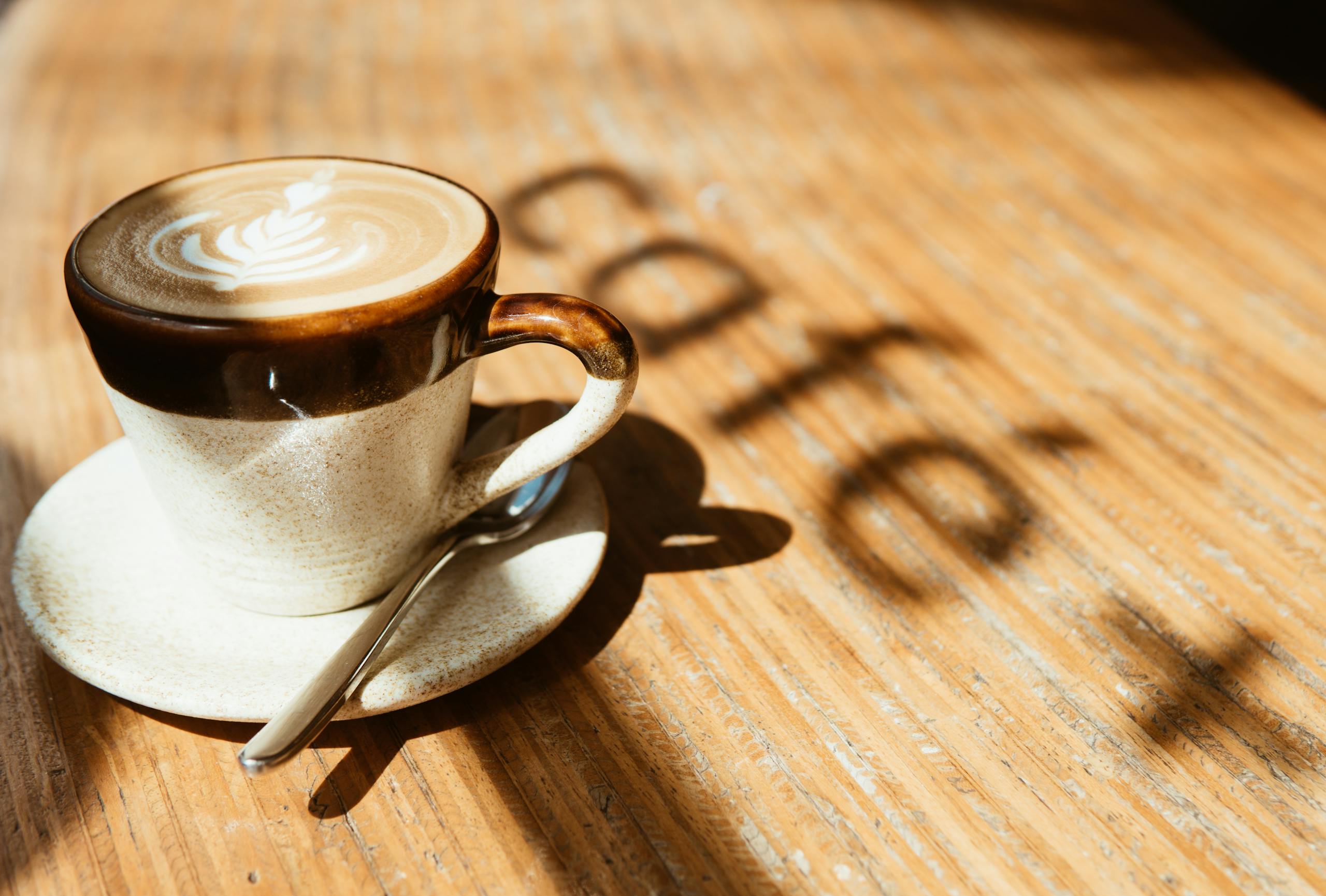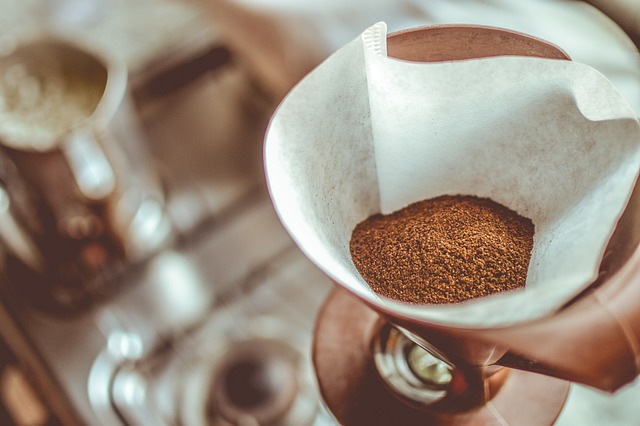How to Brew Perfect French Press Coffee: A Complete Guide for Beginners
There are some affiliate links below, but they are all products I highly recommend. For more info, view my disclosure here.
Looking for a coffee that’s smooth, bold, and full of flavor? French Press brewing is your answer. Unlike drip machines or pods, this method gives you total control over the process, unlocking coffee’s full potential. It’s super simple, affordable, and perfect for anyone wanting a richer, more satisfying cup.
Whether you’re a beginner or just looking to up your coffee game, nailing the French Press technique isn’t hard—once you know the steps. Let’s make every cup worth savoring.

Understanding the French Press
The French Press is a timeless coffee maker loved for its simplicity and ability to produce rich, full-bodied coffee. To nail the perfect cup, it helps to understand how this tool works and what makes it so effective. Let’s break it down.
Components of a French Press
Every French Press has a few essential parts that work together to create an excellent brew. Here’s what you need to know:
- Carafe: This is the main body of the French Press, which holds your water and coffee grounds during brewing. Typically made of glass, stainless steel, or ceramic, the carafe’s durability and heat retention can affect your coffee’s quality. Glass offers visibility, while stainless steel keeps coffee hotter for longer.
- Plunger: Connected to the lid, the plunger is what you press down to separate the brewed coffee from the grounds. It moves smoothly through the carafe, thanks to its design.
- Filter: The metal mesh filter is attached to the plunger and prevents coffee grounds from ending up in your cup. Unlike paper filters used in drip machines, this one lets natural oils and fine particles pass through, giving French Press coffee its signature robust flavor.
- Lid: The lid ensures heat stays trapped while your coffee steeps. It also guides the plunger, keeping everything in place as you press. Some lids have small spouts to make pouring easier.
Each piece works in harmony, keeping the brewing process simple yet effective. Without these components, the French Press wouldn’t give that smooth, flavorful brew it’s known for.
How the Brewing Process Works
The French Press method uses immersion brewing to extract coffee’s bold flavors. It’s all about steeping, pressing, and pouring. Let’s walk through it:
- Steeping: Start by combining coarsely ground coffee and hot water in the carafe. Stir gently to ensure all grounds are fully immersed. Then, let the mixture steep for about 4 minutes. This waiting time is where the magic happens—soluble compounds like oils and flavor notes are drawn out of the coffee grounds.
- Pressing: After steeping, slowly press down the plunger with steady pressure. The filter traps the grounds at the bottom, leaving you with clean, smooth coffee on top. Go too fast, and you might agitate the grounds, leading to cloudiness or an uneven brew.
- Pouring and Extracting Flavors: Once pressed, pour your coffee immediately into your mug or serving vessel. If you leave it sitting in the carafe, over-extraction can occur, making the coffee taste bitter. The result is a full-bodied cup, rich in flavor, thanks to the immersion technique.
This process combines control with simplicity. The French Press is hands-on without being complicated, making each cup as satisfying to brew as it is to drink.
Selecting the Right Coffee Beans
The foundation of great French Press coffee starts with the beans. The type you choose and how you handle them can make or break your brew. Let’s explore what to look for when selecting coffee beans to elevate your French Press game.
Types of Coffee Beans: Arabica vs. Robusta
Not all coffee beans are created equal. The two most common types, Arabica and Robusta, offer very different flavor profiles. Choosing between them depends on your taste preference.
- Arabica Beans: Known for their smooth texture and complex flavors, Arabica beans are a top choice for French Press brewing. They often feature notes of fruit, nuts, or chocolate, which shine through in this brewing method. These beans tend to be less bitter due to their lower caffeine content and natural sweetness. If you enjoy a clean, bright cup, go for Arabica.
- Robusta Beans: Stronger and more bitter, Robusta beans pack more caffeine and a bold kick. They often have earthy or nutty undertones. While they’re less popular among French Press enthusiasts, they can add depth to blends or appeal to those who like a stronger, more robust brew.
For the best results, opt for high-quality, single-origin Arabica beans. If you prefer a slightly heavier taste, try a blend that includes some Robusta.
Freshness and Grind Size
If you’ve ever wondered why your coffee tastes flat or bitter, it might be due to stale beans or the wrong grind size. Here’s why these details matter.
- Fresh Beans Are Non-Negotiable: Coffee starts losing its flavor within weeks of roasting. For a French Press, aim to use beans roasted within the past two to three weeks. Look for bags with a clear roast date—avoid “best by” labels, as they usually hide the freshness. When in doubt, buy whole beans and grind them right before brewing to preserve their aroma and oils.
- Grind Size Impacts Extraction: The French Press works best with a coarse grind, similar to sea salt in texture. Why? A coarse grind keeps the coffee grounds from slipping through the filter and helps prevent over-extraction, which can make your coffee bitter. If the grind is too fine, you’ll end up with sludge at the bottom and a murky, over-brewed cup. Invest in a burr grinder for consistency, as blade grinders often produce uneven results.
By prioritizing freshness and dialing in the right grind, you’ll unlock the full potential of your beans. Like cutting fresh herbs in the kitchen, grinding coffee just before brewing ensures the boldest flavors and aromas.
The Brewing Process
Brewing French Press coffee isn’t just about mixing hot water with coffee grounds. Each step plays a role in unlocking the rich flavors and smooth texture this method is known for. Whether you’re new to the process or fine-tuning your technique, getting the details right ensures a consistent, flavorful cup every time.
Measuring Coffee and Water
Using the right coffee-to-water ratio is key to hitting the perfect balance of strength and flavor. If the ratio is off, your coffee might end up too weak or overwhelmingly bitter.
For French Press, the golden ratio is 1:15 to 1:17. This means:
- 1 gram of coffee for 15 to 17 grams of water
- Approximately 2 tablespoons of coffee per 6 ounces of water
If you’re using a kitchen scale, weigh both the coffee and water for precise brewing. Not sure how strong you like your coffee? Start with the 1:15 ratio for a bold flavor, then adjust based on preference. Remember, it’s better to be consistent with your measurements until you find your sweet spot.
Water Temperature for Brewing
Water temperature has a huge impact on how your coffee tastes. Too hot, and you’ll scorch the grounds, causing bitterness. Too cool, and the flavors won’t extract properly, leaving your coffee flat.
For optimal brewing, aim for a water temperature between 195°F and 205°F (just below boiling). If you don’t have a thermometer, bring the water to a full boil, then let it cool for 30 seconds before pouring it over the coffee grounds. This range captures the sweet spot for extracting flavors without overdoing it.
Brewing Time and Steeping
Steeping is where the magic happens. It’s all about timing—too short, and your coffee may taste weak; too long, and it could end up overly bitter or muddy.
For best results:
- Once you’ve combined the grounds and hot water, stir gently to ensure all grounds are fully soaked.
- Place the lid on top with the plunger pulled up.
- Let it steep for exactly 4 minutes for a balanced extraction.
Prefer lighter coffee? Reduce the steeping time slightly. Looking for a robust kick? Let it steep for an additional 30 seconds. Just don’t push beyond 5 minutes, as over-extraction will lead to bitterness.
Pressing Technique
The pressing step separates great French Press coffee from a frustrating cup. Rushing this part can stir up the grounds, leaving you with unwanted grit or an uneven brew.
Here’s how to do it right:
- After steeping, press the plunger down slowly and steadily. Use consistent pressure—don’t force it.
- If you encounter resistance, stop for a second and continue pressing gently. A jerky motion can disturb the grounds and release bitterness into your coffee.
Once pressed, pour your coffee immediately. Leaving it in the carafe allows the grounds to keep steeping, potentially over-extracting flavors. Think of this like steeping tea too long—it won’t taste right if you wait.
When done properly, this step should leave you with a smooth, grit-free cup that’s ready to enjoy.
Common Mistakes to Avoid
Even small missteps can ruin a French Press brew, leaving you with coffee that’s bitter, weak, or gritty. The good news? These mistakes are easy to avoid once you know what to watch for. Let’s break down the most common errors and how to fix them for a consistently great cup.
Using Wrong Grind Size
The grind size you use is a key factor in French Press coffee. If it’s off, your brew will be too.
- Too Fine: Using finely ground coffee can clog the French Press filter, making the plunger hard to press. Worse, tiny grounds will slip through and leave sludge in your cup. This also leads to over-extraction, resulting in bitterness.
- Too Coarse: If the grind is too coarse, the water won’t extract enough flavor. Your coffee will taste weak, flat, and lack complexity.
For French Press, always go with a coarse grind—similar to sea salt. This allows the coffee to steep evenly and prevents grit in your mug. If you’re grinding at home, a burr grinder ensures consistent results. Don’t have one? Ask your local coffee shop to grind your beans for a French Press.
Over-Steeping or Under-Steeping
Timing is everything in French Press brewing, and getting it wrong can ruin your coffee.
- Over-Steeping: Letting coffee sit too long causes over-extraction. The result? A harsh, bitter cup that’s hard to enjoy.
- Under-Steeping: On the flip side, cutting the steeping time short leaves your coffee weak and underwhelming, like tea that’s barely brewed.
Stick to the sweet spot: 4 minutes of steeping. Use a timer to keep things consistent. If you want a lighter brew, you can go for 3½ minutes. Looking for something stronger? Let it steep for 4½, but don’t go past 5 minutes.
Incorrect Coffee-to-Water Ratio
The perfect brew starts with the right balance of coffee to water. Skimping or overloading either can throw off the flavor.
- Too Much Coffee: Adding too many grounds overwhelms the water, leading to coffee that’s overly strong and bitter.
- Too Little Coffee: Using too few grounds results in under-extraction, giving you coffee that’s weak, sour, or both.
Follow the 1:15 ratio—1 part coffee to 15 parts water. For reference:
- Use 2 tablespoons of coffee for every 6 ounces of water.
- Weigh your coffee and water for the most precise results.
This ratio balances strength and flavor, whether you like a bold cup or something more mellow. Adjust slightly to suit your taste, but avoid drastic changes. Think of this like seasoning a dish—you need the right proportions for a great result.
By avoiding these common mistakes, you’ll be one step closer to brewing a flawless French Press coffee every time.
Enhancing Your French Press Experience
Brewing with a French Press is as much about creativity as it is about precision. Once you’ve nailed the basics, the next step is elevating your coffee by tailoring it to fit your tastes. From exploring flavors to tweaking the process, there are plenty of ways to enhance your coffee experience. Here’s how you can take your French Press game to the next level.
Adding Flavorings and Spices
Why stop at traditional coffee when you can transform your cup into a custom creation? Adding flavorings and spices is an easy way to experiment and make your coffee unique. It’s like taking your favorite dish and adding just the right seasoning to make it yours.
Here are a few popular additions to consider:
- Cinnamon: Add a pinch or a whole stick to your coffee grounds before steeping for a warm, subtly sweet kick.
- Vanilla Extract: A teaspoon of vanilla can add richness and soften the natural bitterness of coffee.
- Flavored Syrups: Classic options like hazelnut, caramel, or mocha can make your brew feel like a coffee shop specialty.
- Cocoa Powder: Stir in a teaspoon for a mocha-inspired flavor.
- Cardamom or Nutmeg: These spices add depth and an aromatic quality that pairs well with bold coffee.
Want to experiment even further? Try combining flavors, like cinnamon and vanilla or cocoa and hazelnut. Add your chosen ingredients during brewing, or stir them in after pressing for cleaner flavors.
Start small—especially with syrups or extracts—to avoid overpowering your coffee. Adjust as needed, and don’t be afraid to mix things up. Personalizing your French Press isn’t just fun; it keeps your daily brew from feeling boring.
Experimenting with Brewing Variables
Getting creative with the brewing process can make a world of difference. Small adjustments to variables like grind size, steeping time, or even water temperature allow you to customize your coffee’s flavor profile. Think of it as fine-tuning a recipe until you find the perfect balance.
Here are a few ways to experiment:
- Grind Size:
- Using a slightly finer grind creates a stronger, more intense flavor.
- A coarser grind highlights lighter, more delicate notes.
- Not sure how the grind affects flavor? Brew two batches with different grinds and compare.
- Brewing Time:
- For a lighter coffee, steep for 3–3.5 minutes.
- Want a richer, bolder taste? Let it steep for 4.5–5 minutes.
- Test different times until you find your sweet spot—just don’t exceed five minutes to avoid bitterness.
- Water-to-Coffee Ratio:
- The standard ratio is 1:15, but try 1:14 for a thicker, stronger brew or 1:16 for something lighter.
- Use measuring spoons or a scale to keep your experiments consistent.
- Water Temperature:
- Stick to the 195°F–205°F range, but adjust slightly to see what brings out the best in your beans. Cooler water highlights acidity, while hotter water extracts deeper flavors.
If you’re new to tweaking these variables, start by changing one thing at a time. For example, adjust steeping time first, then move on to testing different grind sizes. This way, you can pinpoint what works best.
French Press brewing isn’t just about following steps—it’s a process you can shape to match your tastes. Trial and error might take time, but that’s part of the fun. Each experiment is a chance to make an already great cup of coffee even better.

Brewing the perfect French Press coffee doesn’t have to be complicated. Focus on the basics: fresh beans, the right grind size, proper ratios, and precise timing. Avoid common mistakes, experiment with variables, and keep practicing until you find what works best for your taste.
Consistency comes with time, so don’t worry if it’s not perfect right away. The beauty of the French Press lies in its simplicity and adaptability. Grab your press, start experimenting, and enjoy the satisfaction of a perfectly brewed, flavorful cup every time.

